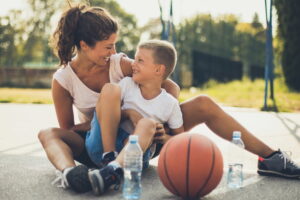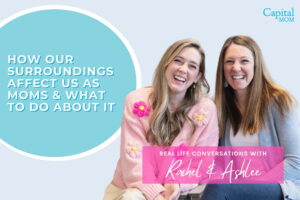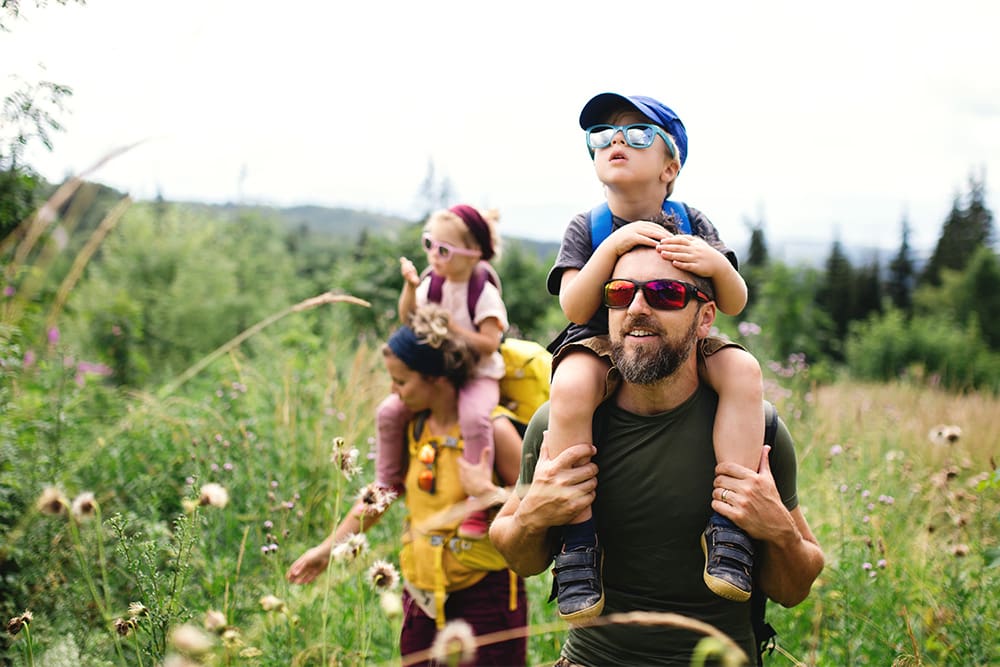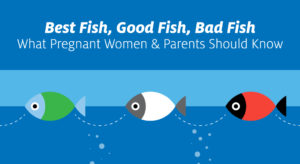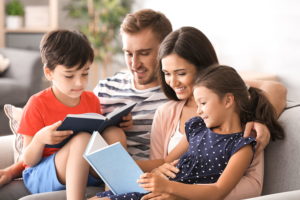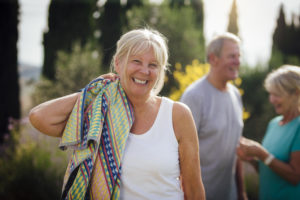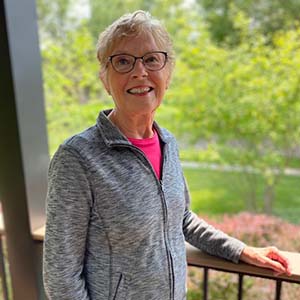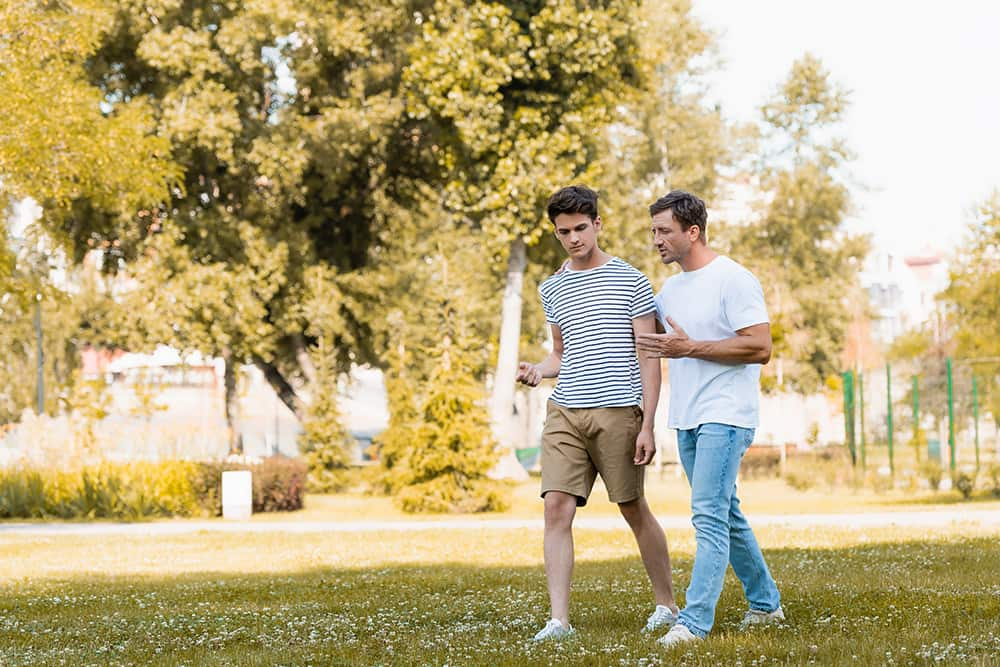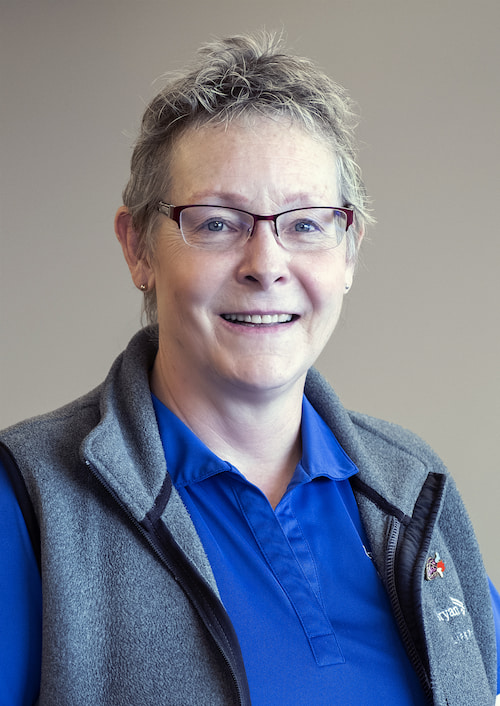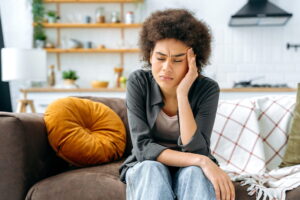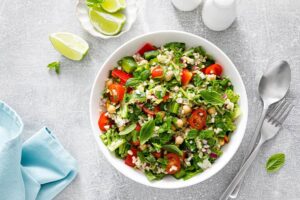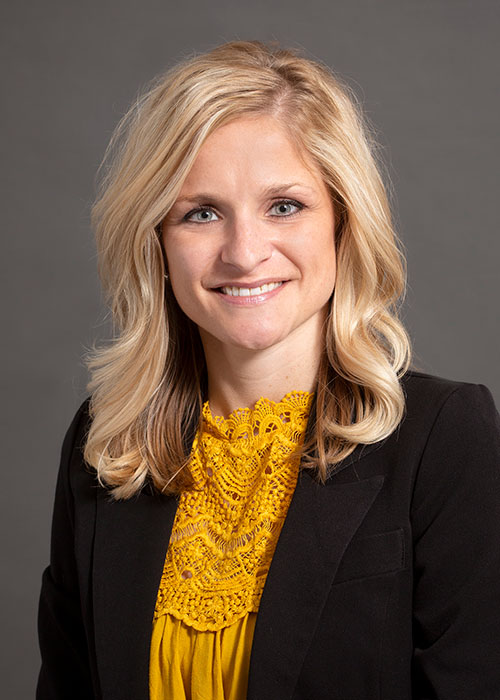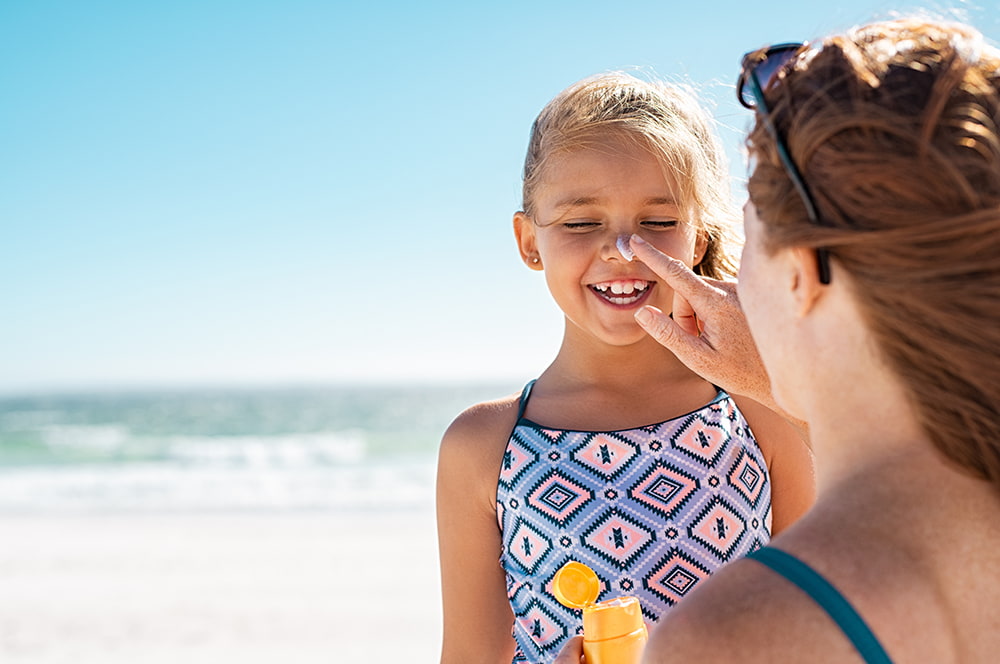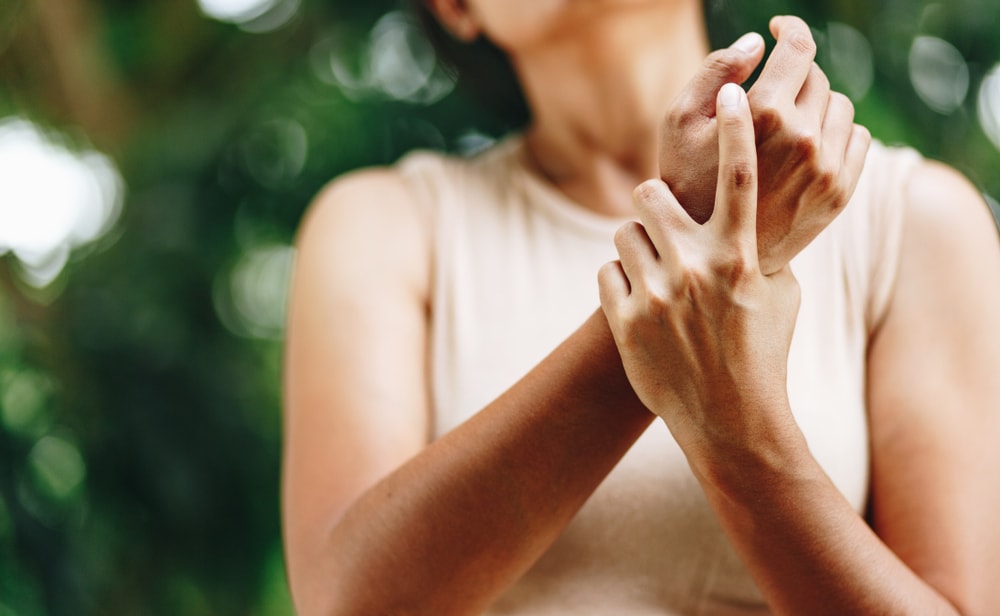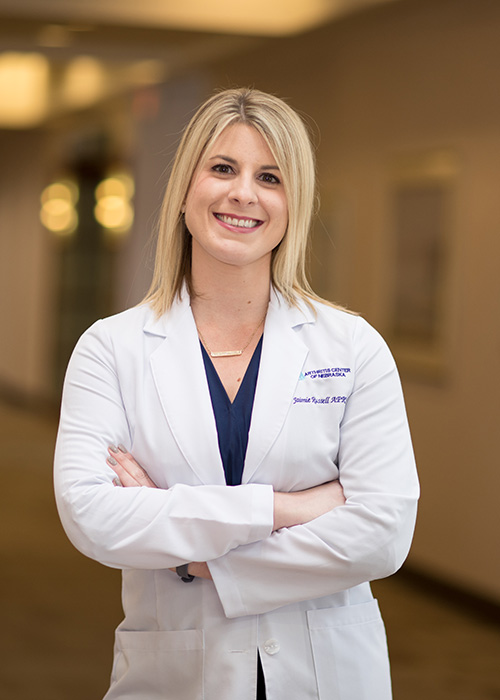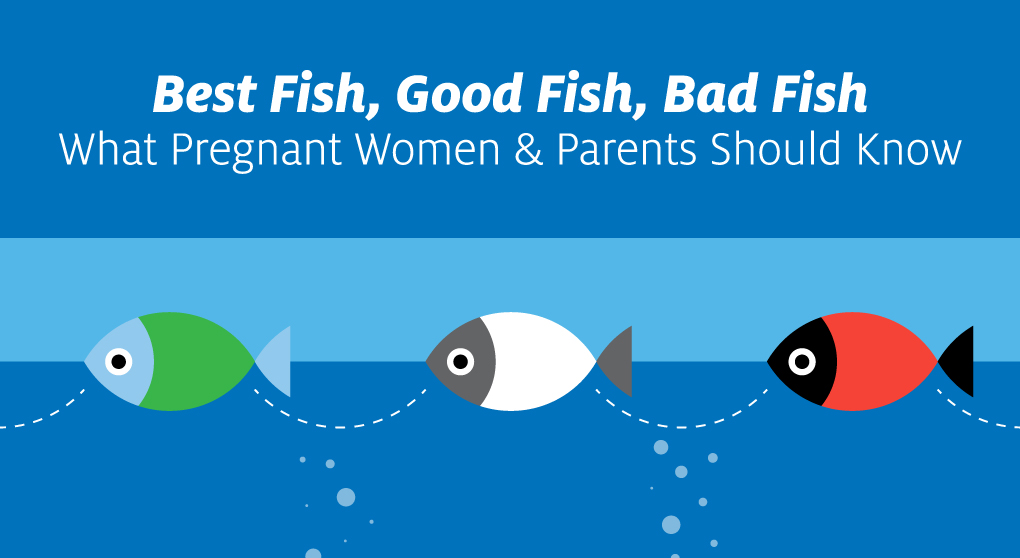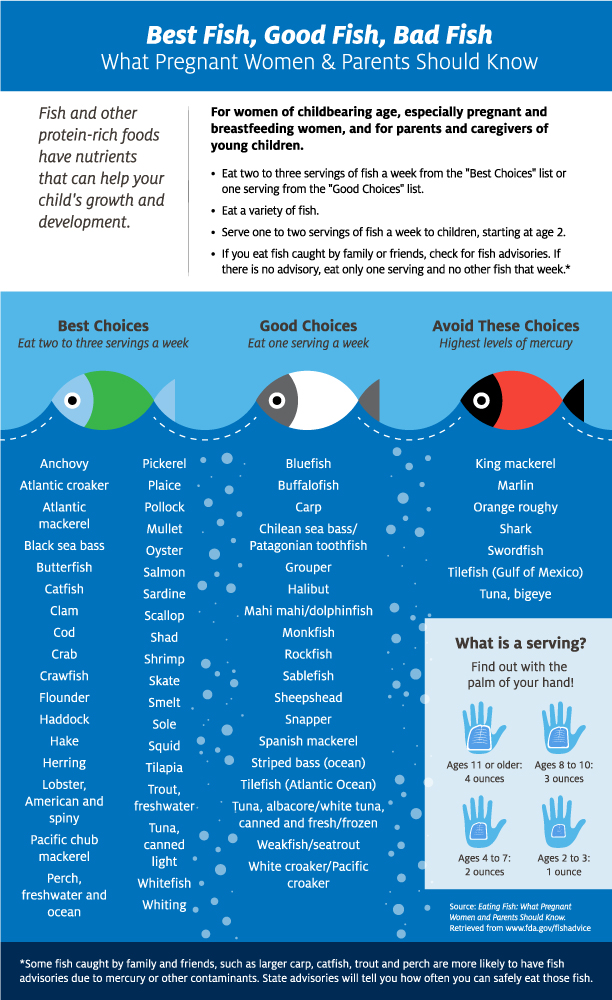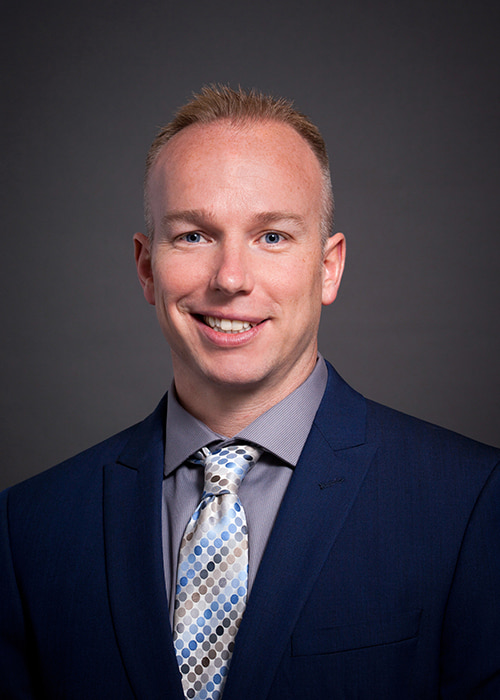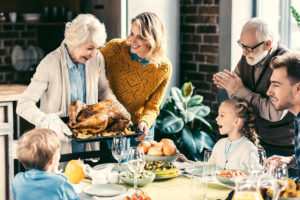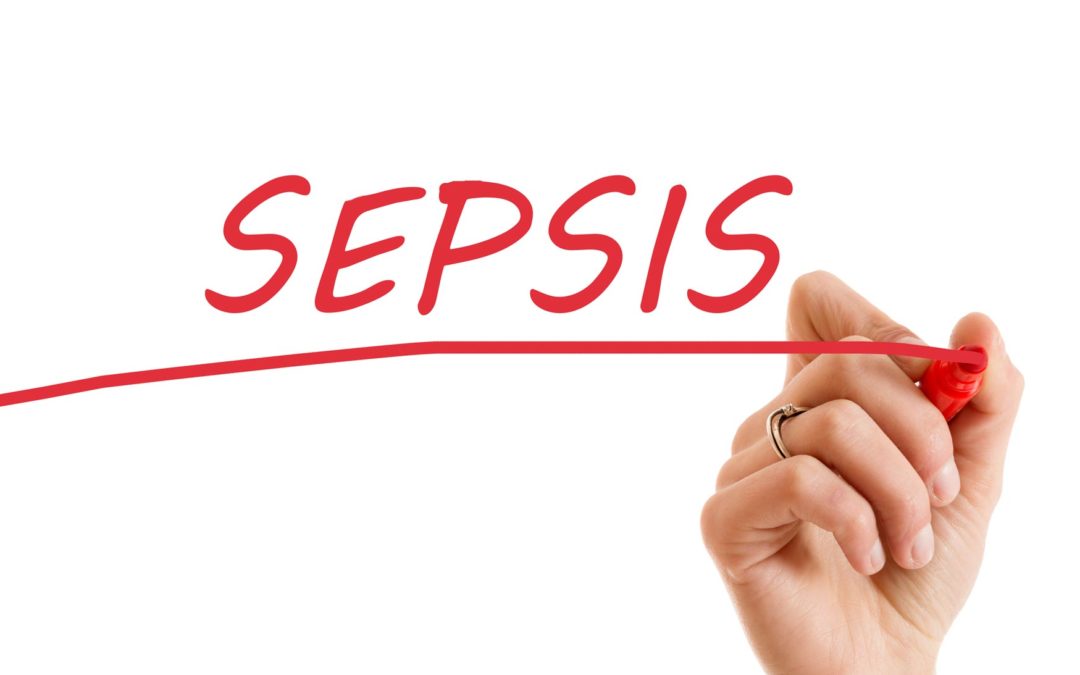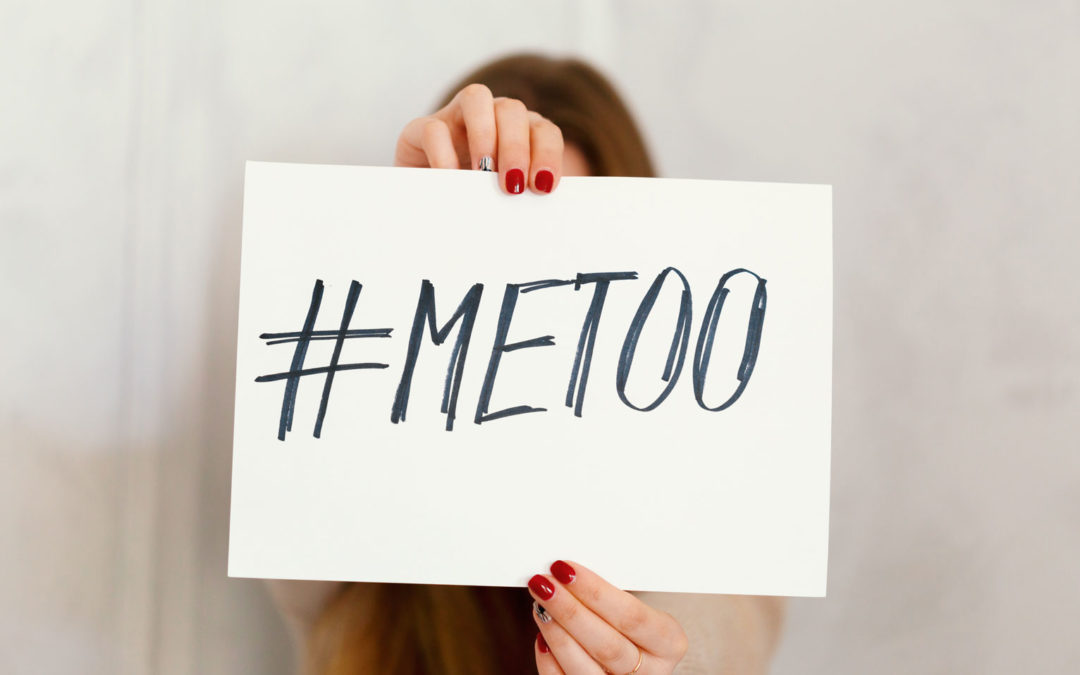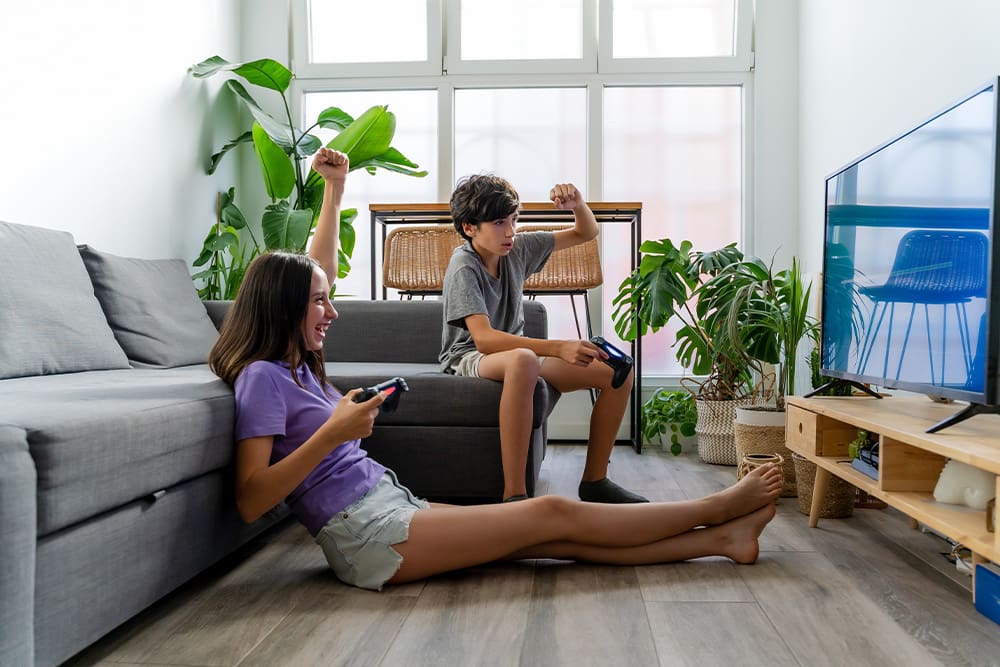
Is Your Pre-Teen Ready to Stay Home Alone?
Whether it’s a snow day home from school, an unexpected business meeting, or a childcare arrangement that fell through, there probably will be times when I’ll need to leave my child home alone. It’s natural for parents to worry when first leaving kids without supervision, but here’s what you can do to prepare your kids for staying home alone.
Is My Child Ready to Stay Home Alone?
Did you know there’s no hard age for leaving your kids home alone in Nebraska? Everyone says it depends on the child and how responsible they are, but it can be hard to know when kids are ready to handle being home alone. It comes down to your judgment about what your child is ready for.
My kids are at that age where it’s questionable. My son is almost 13 and my daughter is almost 10. My brother used to watch me while my parents were away at that age. It was a nightmare for me, and I didn’t want that for my daughter. Granted, Cohen is nothing like my brother, but they still argue and fight.
Every child is different, but I worried that my kids didn’t have the maturity and skills to respond to an emergency if they’re alone. However, my son said he was ready, and my daughter was okay with it.
Practicing Home-Alone Trials
We decided to do some practice runs, or home-alone trials, before we left for the evening. We let them stay home alone for 30 minutes while we ran to the store and were easily reachable.
When we returned, we talked about how it went and the things that we needed to change or skills that Cohen might need to learn for the next time. We discussed a plan for if he needed to get himself and his sister out of the house, which neighbor they should go to first, second and third.
Our Rules for a Successful Home-Alone Routine
Before my husband and I left for a couple hours with friends, we set ground rules:
- No opening the front door.
- Only let the dog out the back.
- No going outside.
- No using the stove or oven—they knew what meals and snacks were available, instead.
- Don’t tell anyone, including your friends, you are home alone.
- Don’t ignore your sister.
- Cohen is in charge, but if there’s a problem, call or text me, grandma, and/or 911 in case of an emergency.
We also scheduled a check-in call. We made sure Cohen understood when we were available and when we might not be able to answer a call. We created a list of friends and family he could call or things he could do if they got lonely. We gave them all the electronics.
Finally, we stay consistent. We’re never gone for more than a couple hours. We are never more than 20 minutes away. And they will never be left alone overnight. We set a schedule and stick to it.
My Takeaway: Staying Home Alone Is Empowering My Kids
My son handled it well. Staying home alone was a positive experience for him, giving him a sense of self-confidence and independence. So, cover your bases and relax. With the right preparation and some practice, you and your child will get comfortable with home-alone days in no time!

Mallory Connelly
Babies & Toddlers




